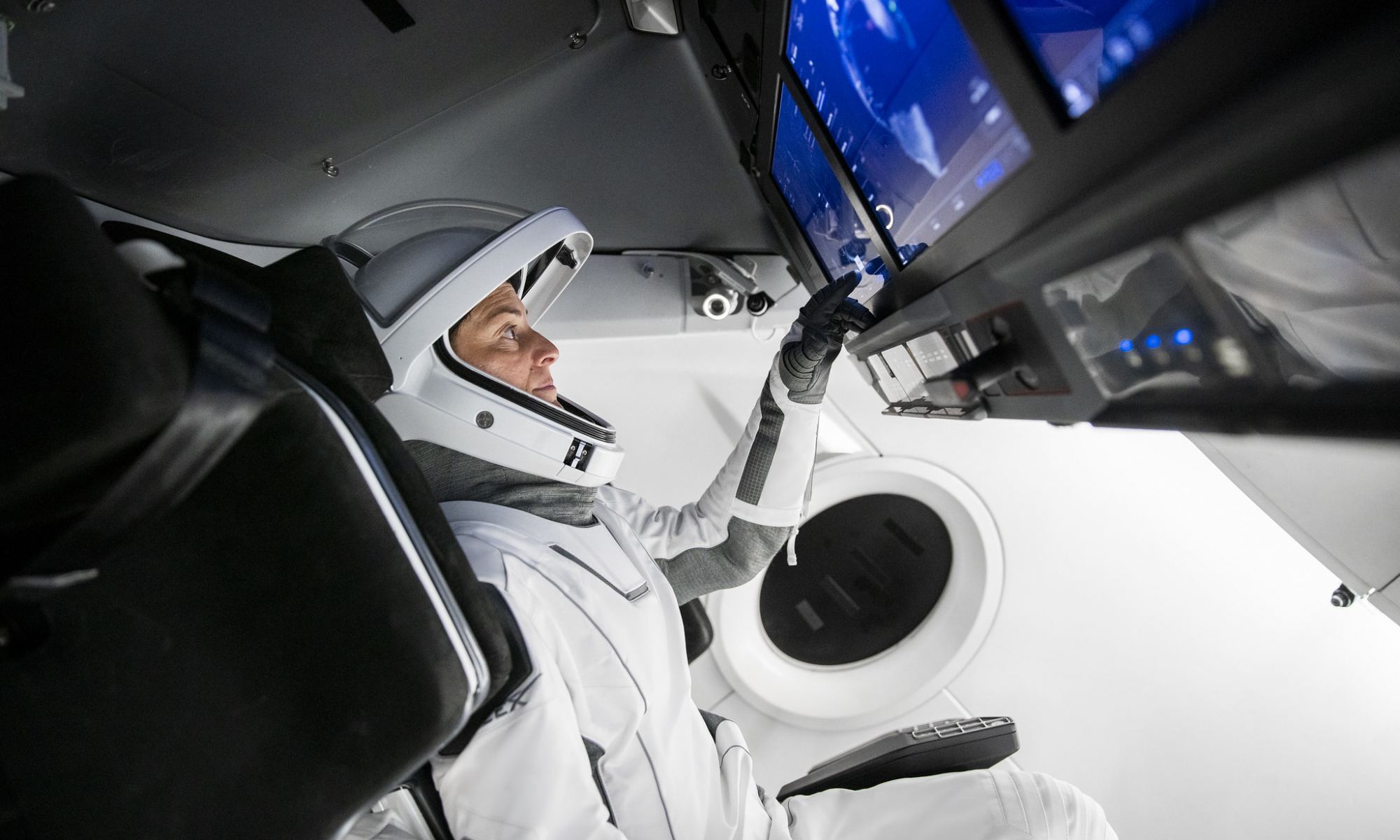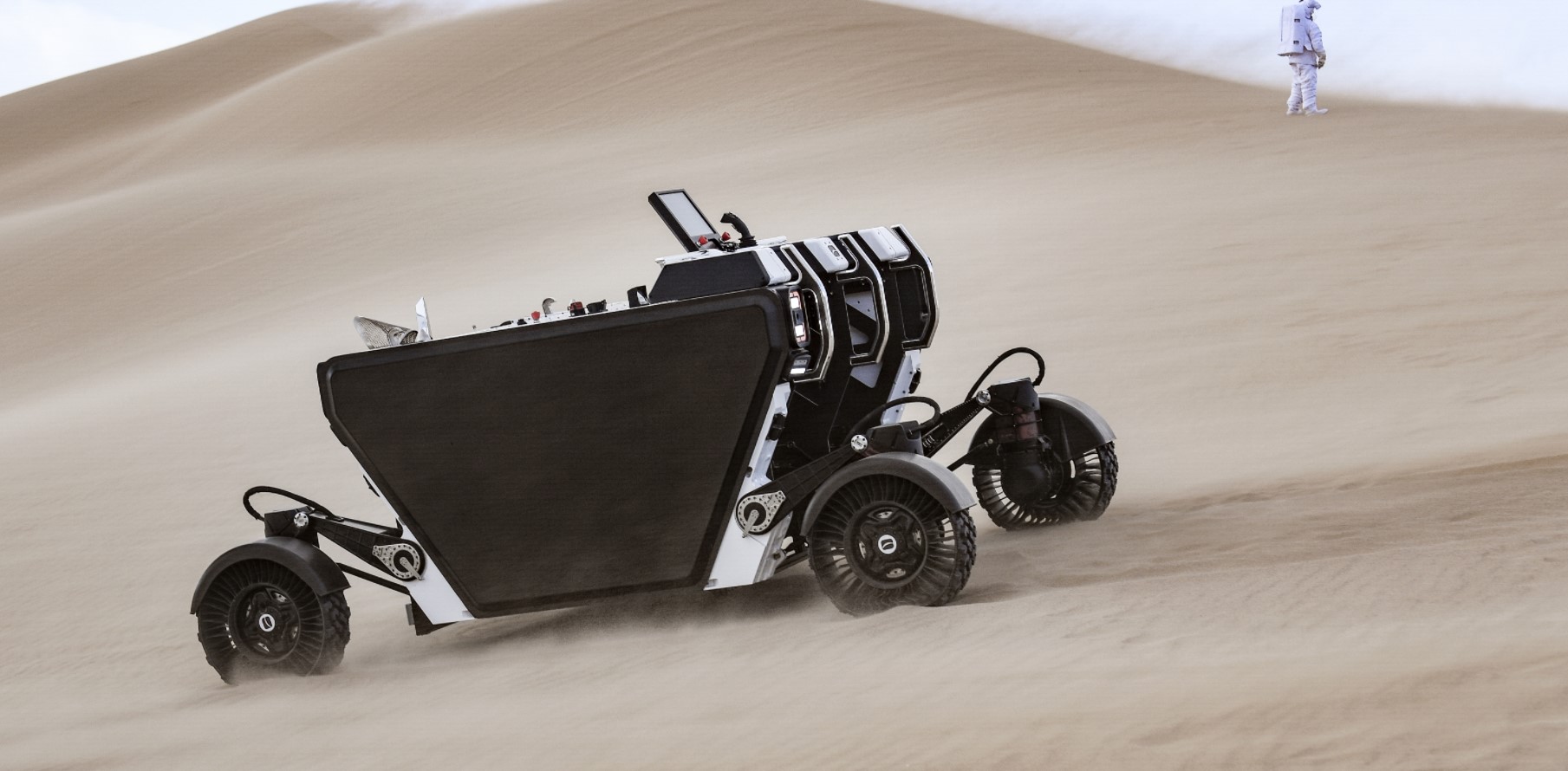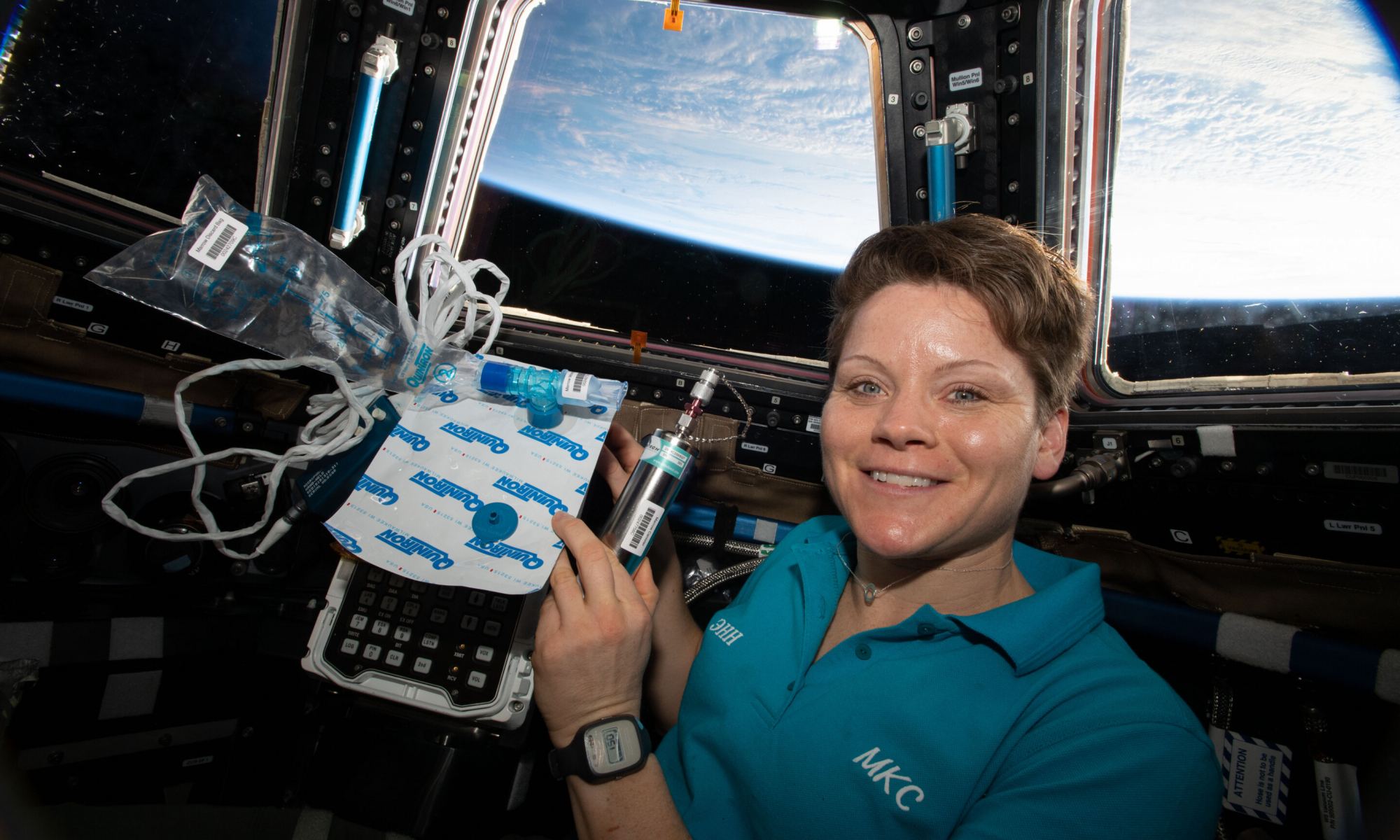This Fall, the fifth crewed mission (Crew-5) of the NASA Commercial Crew Program will depart for the International Space Station (ISS). This mission will see four astronauts launch from the Kennedy Space Center in Flordia aboard a SpaceX Crew Dragon (atop a Falcon 9 rocket). Once they reach the ISS, they will join the crew of Expedition 67 and conduct science experiments as part of Expedition 68. The mission commander of this flight, Nicole Aunapu Mann, is a naval aviator and test pilot with a distinguished military career. She will also be the first Indigenous woman ever to go to space!
Continue reading “NASA Astronaut Nicole Aunapu Mann will be the First Indigenous Woman in Space!”Astronaut Jessica Watkins Floats Above the Earth in the Space Station’s Cupola
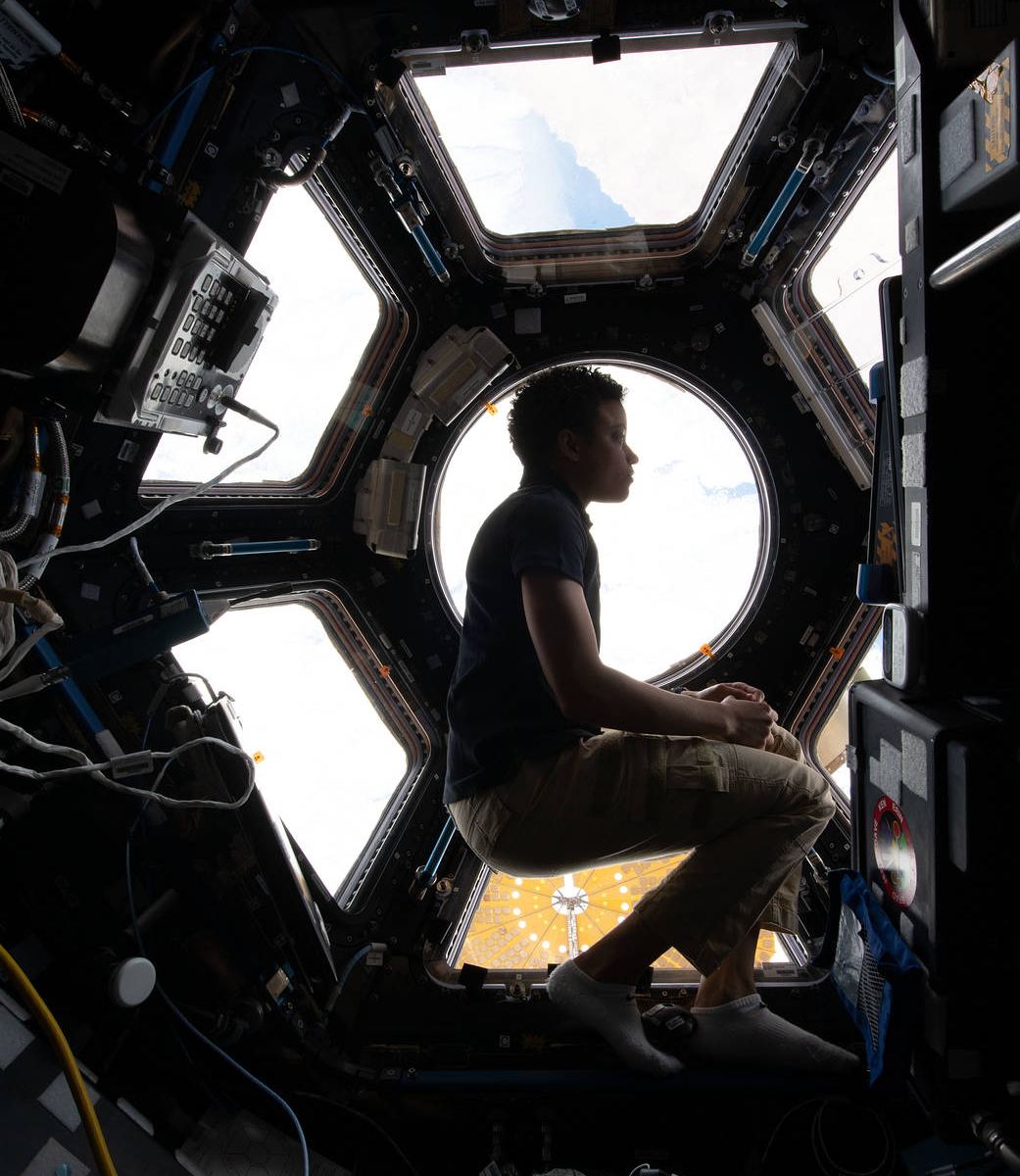
NASA astronaut Jessica Watkins is seen here floating above Earth in the International Space Station’s cupola, which provides a spectacular viewing spot for those who live and work on the space station.
Continue reading “Astronaut Jessica Watkins Floats Above the Earth in the Space Station’s Cupola”Extended Trips to Space Alter the Brains of Astronauts

Going to space changes a person. We’ve known that ever since NASA and the former Soviet Union started sending people to space back in the mid-20th Century. Not only does that trip affect an astronaut’s outlook (just look what it did to William Shatner) but it changes their body. Space physicians continually study astronauts to understand just what happens to them in space. Their latest target? Astronaut brains.
Continue reading “Extended Trips to Space Alter the Brains of Astronauts”A Magnetic Bubble Could Protect Astronauts From Dangerous Space Radiation
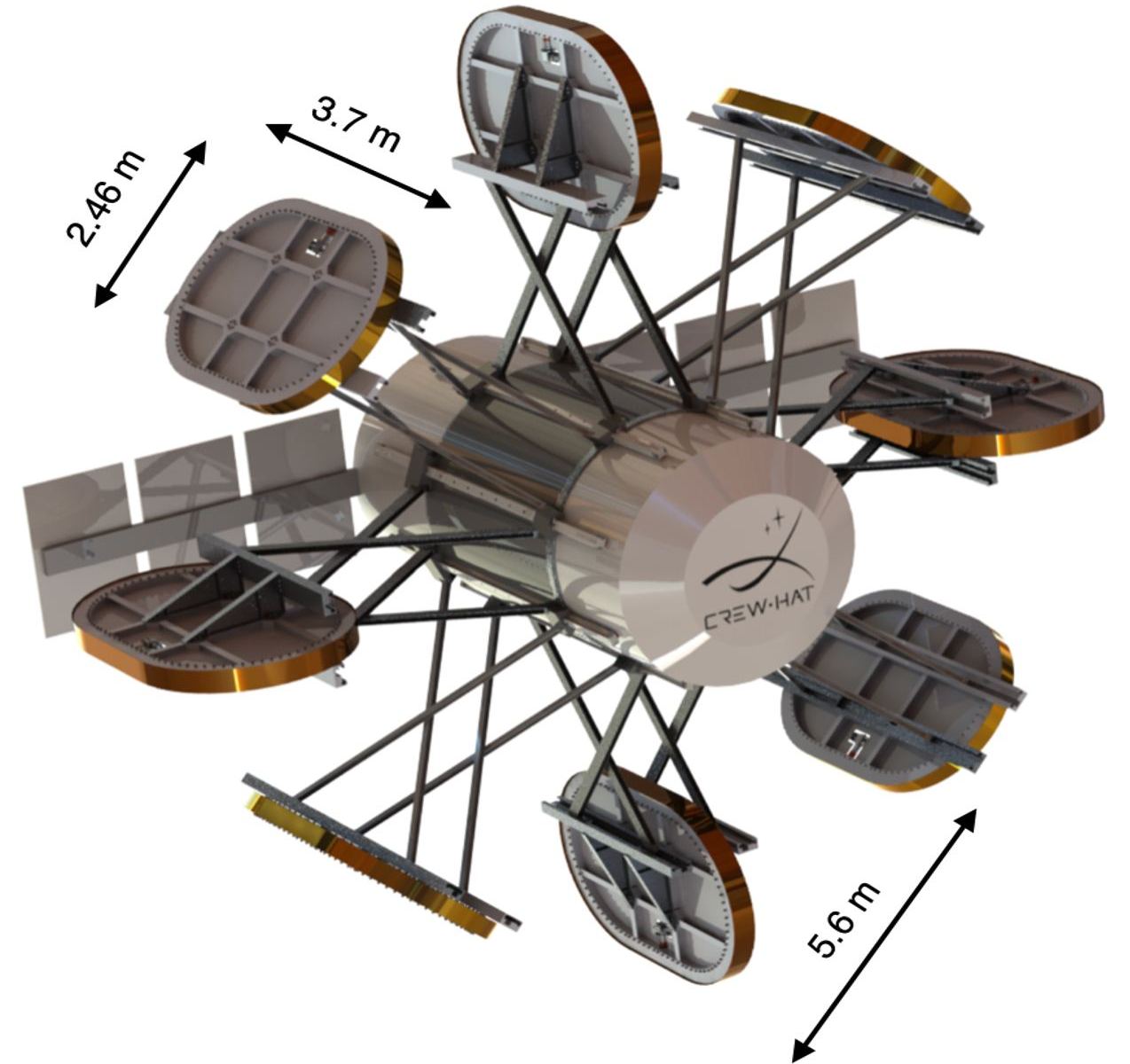
Humans have long dreamed of setting foot on Mars or beyond, and the advances by companies like SpaceX and Blue Origin means perhaps the dream could be closer than ever to becoming reality. But as it stands now, sending astronauts on long-duration missions to other worlds would be impossible because of the hazardous radiation levels in space, outside of Earth’s protective magnetic field.
However, a new concept offers hope on the horizon, and the researchers behind it have received funding from the NASA Innovative Advanced Concepts (NIAC) program to build a prototype. Called CREW HaT, the proposal takes advantage of the latest advances in superconducting magnet technology to effectively shield spacecraft – and the astronauts inside — from harmful space radiation.
Continue reading “A Magnetic Bubble Could Protect Astronauts From Dangerous Space Radiation”Watch What Happens to Astronauts When the International Space Station Gets an Orbital Reboost
This is reminiscent of going down slide on the playground – and then immediately getting back in line to go down again. Except in space.
Here’s what it looks like on board the International Space Station when thrusters fire for an orbital reboost. While it seems like the astronauts are moving inside the station, in in reality it is the Space Station that is moving around them. And in actuality, the acceleration doesn’t happen this fast – the video is sped up eight times. But it still looks like fun!
Continue reading “Watch What Happens to Astronauts When the International Space Station Gets an Orbital Reboost”Stunning Image of ISS Taken From the Ground Shows two Spacewalking Astronauts
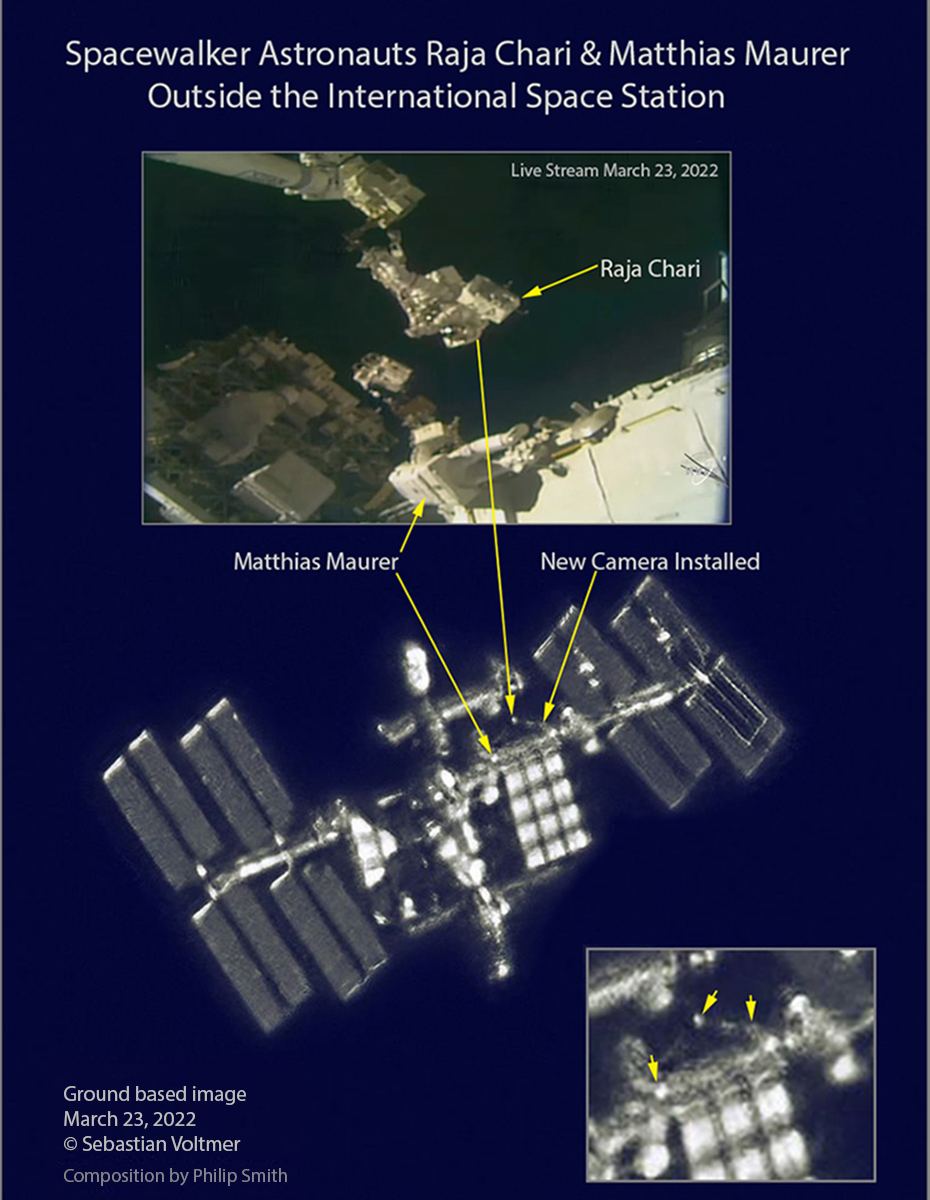
In our age, we’ve grown accustomed to pictures of astronauts inside the International Space Station, as they float in zero-G and tend their science experiments. We’re even getting used to images of spacewalking astronauts. But this is something new.
An image of two astronauts on a spacewalk, taken from the ground.
Continue reading “Stunning Image of ISS Taken From the Ground Shows two Spacewalking Astronauts”NASA Astronaut and Cosmonauts Land Safely Together in Kazakhstan
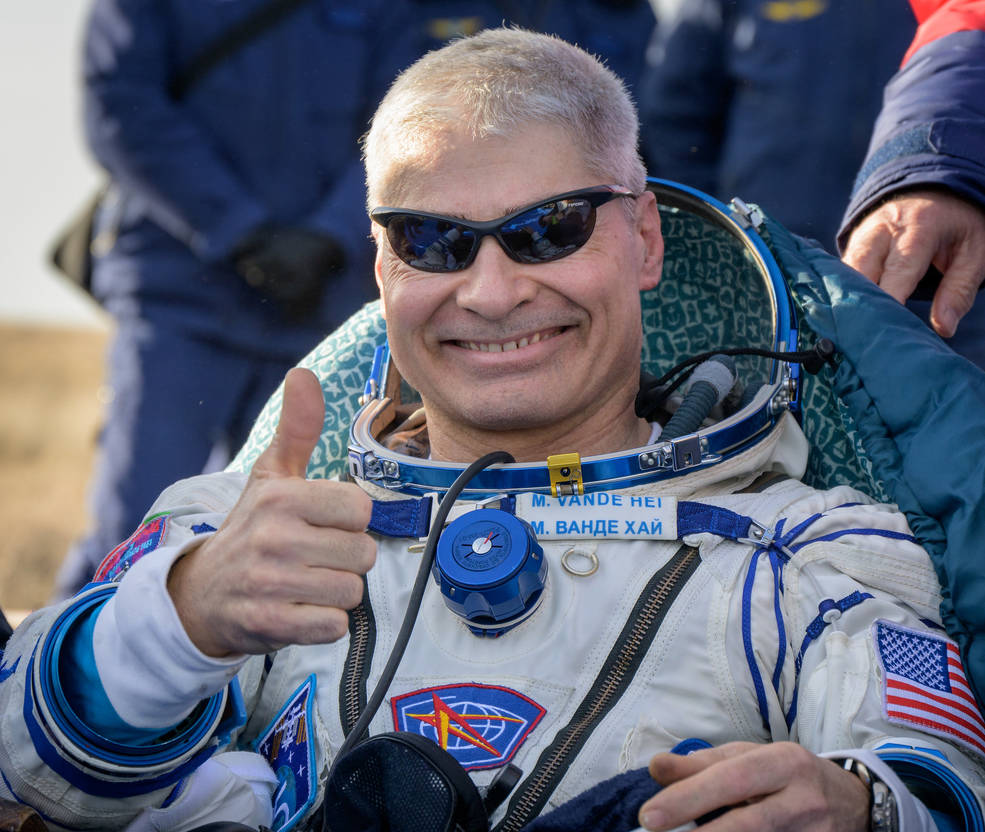
After much speculation and concern the past month whether Russia would allow a US astronaut to ride back to Earth in a Soyuz spacecraft, Mark Vande Hei and two cosmonauts landed safely in Kazakhstan on March 30.
Mostly lost amid the political tensions due to Russia’s invasion of Ukraine, Vande Hei quietly set a record for the longest single spaceflight by an American, at 355 days. Vande Hei eclipsed astronaut Scott Kelly’s seemingly more heralded long-duration mission on the International Space Station in 2015, when he and Cosmonaut Mikhail Kornienko spent 340 days in space. Cosmonaut Pyotr Dubrov also spent 355 days on his first spaceflight, along with Vande Hei.
Continue reading “NASA Astronaut and Cosmonauts Land Safely Together in Kazakhstan”Chris Hadfield Drives in the Desert With a new Lunar Rover Prototype
As the Apollo astronauts found out, mobility is everything. Apollo’s Lunar Roving Vehicle (LRV) – sometimes called the Lunar Rover or Moon Buggy – completely changed how the astronauts could explore the lunar surface.
Harrison Schmitt of Apollo 17 said, “Without it, the major scientific discoveries of Apollo 15, 16, and 17 would not have been possible, and our current understanding of lunar evolution would not have been possible.”
Continue reading “Chris Hadfield Drives in the Desert With a new Lunar Rover Prototype”Space Flight Destroys Your Red Blood Cells
It’s really true: space wants to kill us. And this time, space is trying to kill us from the inside out.
A new study on astronauts living on board the International Space Station shows that while in space, the astronauts’ bodies destroyed 54 percent more red blood cells than they normally would on Earth. Even one year after their flight and back on Earth, the symptoms of “space anemia” persisted in the 14 astronauts tested.
Continue reading “Space Flight Destroys Your Red Blood Cells”Astronauts Took A Fly-around of the International Space Station. Here are Their Stunning Pictures

When astronauts left the International Space Station in early November to return home on the Crew Dragon Endeavour, they took the opportunity to do a fly-around of the ISS and take photos. NASA just released the new images, and they are a stunning look at both the orbiting outpost and our home planet.
Continue reading “Astronauts Took A Fly-around of the International Space Station. Here are Their Stunning Pictures”
